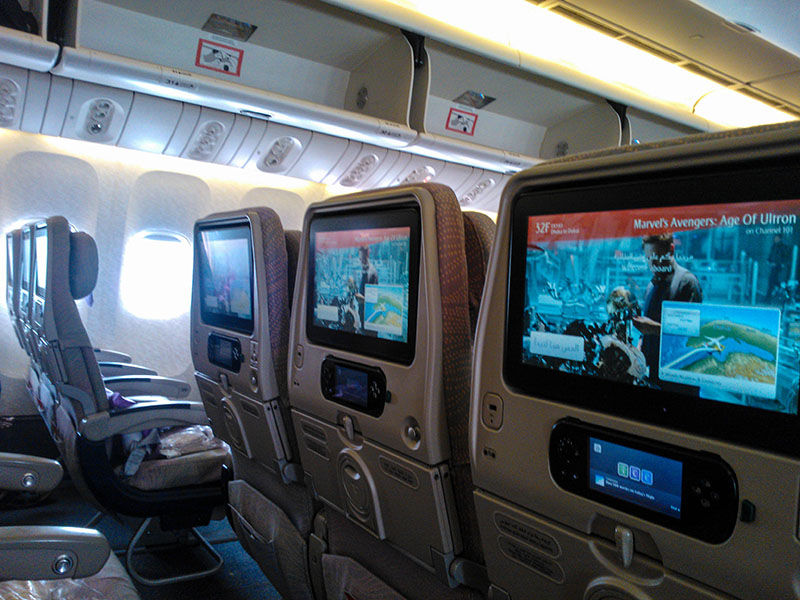2025-10-22
Touchscreens for Transportation have become integral to modern travel systems, offering interactive and efficient solutions that improve user experiences across various sectors. From public transit to aviation, these devices facilitate seamless interactions, providing real-time information and self-service options. By integrating advanced touch technology, Touchscreens for Transportation address the demands of high-traffic environments, ensuring durability and accessibility for passengers and operators alike.
One of the primary applications of Touchscreens for Transportation is in ticketing systems. Interactive kiosks equipped with touchscreens allow passengers to purchase tickets quickly at bus terminals, train stations, airports, and ferry docks. Users can select routes, ticket types, and complete payments via integrated methods like contactless cards, NFC, or QR codes. This reduces queues and staff dependency, enabling transactions in under a minute. For instance, in systems like the London Underground, touchscreen machines support tap-in and tap-out functionalities, minimizing paper waste and enhancing efficiency. In airports, self-service kiosks handle check-ins, boarding pass printing, and bag drops, further streamlining processes. These Touchscreens for Transportation are designed with customizable interfaces that promote branding and provide clear instructions, making them user-friendly even for those in a hurry.

Touchscreens for Transportation play a crucial role in navigation, offering dynamic maps and route advisors in public transport hubs. At train stations and airports, interactive displays provide live progress updates, traffic rerouting, and points of interest. For example, Singapore’s MRT uses large touchscreen panels for destination selection, fare estimates, and voice guidance for visually impaired users. In maritime settings, such as cruise ships, touchscreens assist with vessel navigation and event planning through digital concierges. Wayfinding features include directional information and multilingual maps, helping passengers navigate complex terminals efficiently. Advanced multi-touch capabilities allow for zooming and detailed interactions, optimizing tasks like route planning with more touch points for faster navigation.

Passenger Information Display Systems (PIDS) utilizing Touchscreens for Transportation deliver real-time schedules, service alerts, and amenities details. These systems are common in bus stops, train platforms, and airports, where touchscreens display bus routes, maps, and transfer options. Interactive digital signage in waiting areas provides in-depth content on local attractions and services, allowing passengers to access information quickly. Features like sunlight readability ensure visibility in outdoor environments, while waterproof designs withstand harsh weather, making them reliable for mass transit. In Shenzhen’s electric buses, displays show live route progress and connections, keeping travelers informed and reducing confusion from delays.

In vehicles like buses, trains, and airplanes, Touchscreens for Transportation enhance onboard experiences through seatback systems. Passengers can access movies, games, live TV, shopping, and flight tracking without separate remotes. Airlines such as Emirates use these for meal ordering, weather updates, and destination info, making long-haul journeys more engaging. Ride-hailing services like Uber integrate passenger-facing tablets for fare checks and entertainment, adding personalization to private transport. These applications prioritize contactless interactions, including gesture recognition and stylus input, promoting hygiene especially in post-pandemic travel.

For operators, Touchscreens for Transportation support fleet management by monitoring vehicle locations, fuel levels, maintenance needs, and safety alerts. In logistics, like DHL’s delivery trucks, interactive panels optimize routes and capture signatures in real-time, improving delivery times. In trucking and shipyards, sunlight-readable displays at weigh stations and load-out systems provide operational data, while EV charging stations use them for user interfaces. Durability features, such as operation in extreme temperatures from -40°C to 85°C and glove compatibility, ensure reliability in heavy-duty environments.
The benefits of Touchscreens for Transportation include enhanced efficiency, sustainability through reduced paper use, and improved security with biometric authentication and data encryption. They comply with standards like ADA, offering audio guidance, Braille overlays, and adjustable interfaces for accessibility. Challenges, such as handling high demand and maintaining security, are addressed through rugged designs and regular updates. Overall, these systems lower operational costs for providers while offering convenient, personalized experiences for users.
Touchscreens for Transportation continue to evolve, transforming travel into more interactive and efficient experiences. With ongoing advancements in multi-touch technology and customization, their applications will expand, benefiting both passengers and the transportation industry as a whole.